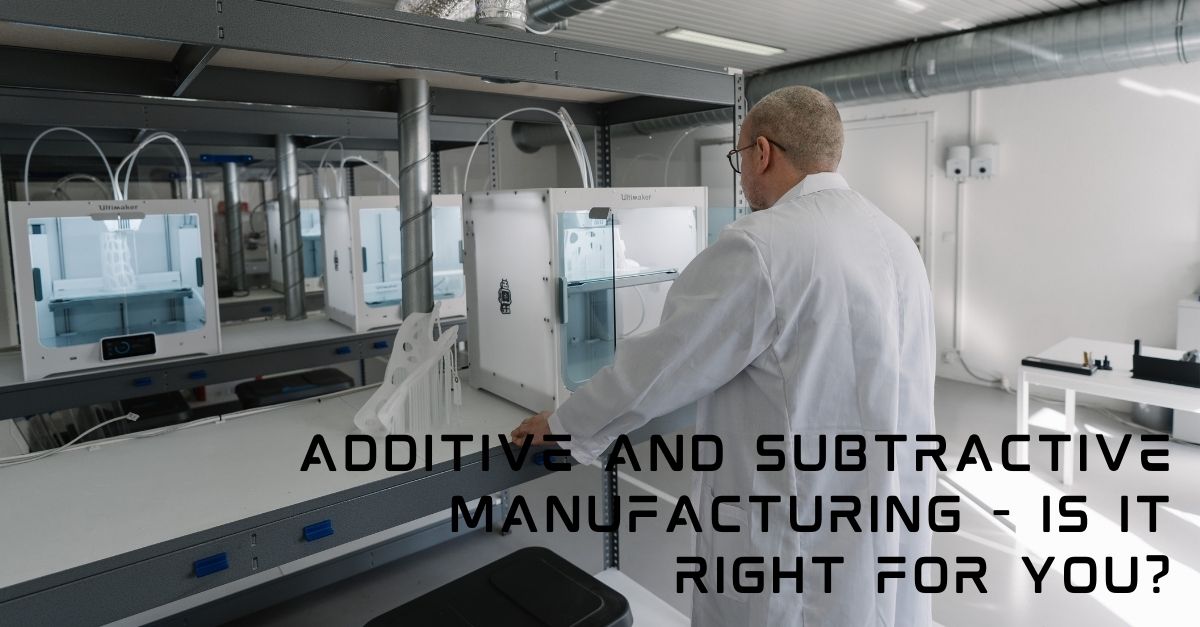Call Us: 01702 292984 Email Us: info@cube3productdesign.co.uk

Should you be considering the use of additive or subtractive manufacturing techniques for you next product?
Firstly, let's look at the basic types of additive manufacturing technologies.
Stereolithogrophy (SLa) is a process where resin is cured with light in layers. The advantage of this method is accuracy and quality of finish. The disadvantages of this method are material choice and ultimately material strength. SLa parts may have a support structure that needs to be removed. This is the most expensive process.
Selective Laser Sintering (SLS) is a process where powdered material is fused by a laser in layers. The advantage of this method is strength of material and accuracy. The disadvantage is material choice and surface finish. SLS parts require no support structure as the part is supported by the powder that it sits in. This process is cheaper than SLa.
Fused deposition modelling (FDM)(FFF) is where an extruded plastic filament is fed into a heated nozzle and melted into position in layers. The advantages of this method are low cost, availability of inexpensive printers, material choice and strength. The disadvantages are low accuracy and poor surface finish. FDM parts typically have a support structure but this can be done with a second material that is either water soluble or breaks away easily.
There are other types of 3D printing technology but in basic terms you either fuse powder, cure resin or melt filament using different methods. So which method do you choose? Do you buy a printer and do it yourself or do you choose a supplier and buy from them? Let’s look at the pros and cons of each method.
FDM (FFF) parts
Pros – Low-cost parts to make, lowest printer costs, Easiest printer to use, no post processing required.
Cons – Lowest accuracy parts, poor surface finish, parts can be weak in one dimension due to the layers
Uses – Low-cost prototypes, simple internal parts, jigs and fixtures.
SLA parts
Pros – Highest accuracy parts, best surface finish.
Cons – Parts tend to be brittle and don’t age well, more expensive printers, several post processes required before parts can be used.
Uses - high quality prototyping, master models for cold casting.
SLS parts
Pros – parts are tough with good dimensional accuracy; parts are low cost.
Cons – Parts have a rough finish, generally off white unless dyed, printers are more expensive to buy, messy to use due to the powder.
Uses – Functional prototype parts for mechanisms where flex or load may occur. Ideal for tough internal parts in production.
In conclusion, I would consider SLS or FDM parts suitable for production use and would consider these three scenarios something worth thinking about.
1.Small internal components that are difficult to make or require investment in a tool required in lower volumes.
2.Combining parts – can several moulded or machined parts be made into one printed part?
3.Customisation – Can your design be made customisable to accommodate individual fitment for instance?
Now let's look at the basic types of subtractive manufacturing technologies.
As the name suggests, this is about removing material to create a part rather than adding it. This typically relates to CNC machining of metal and plastic parts. There is little in the way of affordable units for in house subtractive manufacturing bar a few small CNC desktop prototyping units, so this is typically sourced from 3rd party specialists or is already integral to the business you are running. Parts made by a subtractive method are as accurate as you need them to be, and the choice of materials is limited only by what you can cut. Prices tend to be higher due to quality and accuracy, but subtractive manufacturing gives you flexibility to produce low volumes without up front investment. Worth considering for the right product!
Conclusion
In answer to the original question, the answer really depends on your product. A new or existing product could well benefit from these manufacturing techniques under the right circumstances. Employing the right design partner will help work through these questions and find the right solutions to cost effective manufacture.